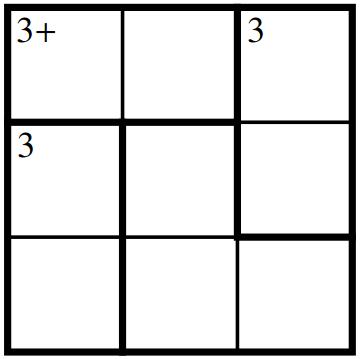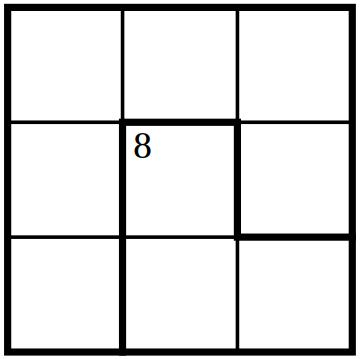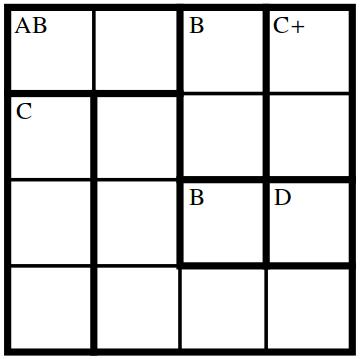21st February 2015, 02:12 pm
One day I received a call on my home line. I do not like calls from strangers, but the guy knew my name. So I started talking to him. I assumed that it was some official business. He told me that their company monitors Internet activities, and that my computer is emitting viruses into the Internet traffic degrading Internet performance. All I need to do is to go to my computer and he will instruct me how to get rid of my viruses.
While he was saying all this, I covered my phone’s microphone and made a call to the police from my cell phone. I was hoping the police could trace the call and do something while I kept the line to the guy open. The police told me to hang up. They said there is nothing they can do.
Meanwhile, the guy on the phone kept directing me to my Start button while I kept telling him that I can’t find it. After talking to the police, I got so angry that I told the guy that I wasn’t actually looking for the Start button, but talking to the police. So the guy asks, “What does the police say?”
These people are laughing at us. They know that the police do nothing. And then continued instructing me about my Start button.
Share:





21st February 2015, 02:10 pm
Have you ever solved a CalcuDoku puzzle, or a MathDoku puzzle? Maybe you have, but you do not know it. Many incarnations of this puzzle are published under different names. The MIT’s Tech publishes it as TechDoku. What distinguishes this puzzle type from most others is that it is trademarked. The registered name is KenKen. So anyone can invent and publish a KenKen puzzle as long as they do not call it KenKen.
In this variously named puzzle you need to reconstruct a Latin square, where cells of a square are grouped into regions called cages. Each cage has a number and an operation (addition, subtraction, multiplication, division) in the upper-left corner of the cage. The operation applied to the numbers in the cage must result in a given value. For non-commutative operations (subtraction and division), the operation is applied starting from the largest number in the cage.
These are my two NOT KenKen puzzles. I will call them TomToms, the name for this puzzle used by Tom Snyder in his The Art of Puzzle LINK blog. In the TomTom variation, cages without a number in a corner are allowed and the operation might be missing, but it has to be one of the standard four. The first puzzle I call Three Threes and the second is a minimalistic version where only one number without the operation is given.


But my goal today is not to discuss KenKen or its ekasemans. Ekaseman is the reverse of the word namesake. My son Alexey invented the term ekaseman to denote a different name for the same thing. My real goal is to discuss a new type of puzzle that can be called Crypto KenKen. In this puzzle the digits in the corner are encrypted using a substitution cipher: each digit corresponds to its letter. I first saw this puzzle at Tom Snyder’s blog, where it is called TomTom (Cipher). I think the crypto version of this puzzle deserves its own name. So I suggest PamPam: it is an encryption of KenKen as well as TomTom. And it would be nice to have a female name for a change.
Share:





16th February 2015, 10:05 pm
It is time to report on my weight loss progress. Unfortunately, the report is very boring; I am still stuck at the same weight: 225. What can I do? Let’s laugh about it. Here are some jokes on the subject.
* * *
After the holidays I stepped on my scale. After an hour I tried again and had a revelation: tears weigh nothing!
* * *
I am on a miracle diet: I eat everything and hope for a miracle.
* * *
Ideas to lose weight: A glass of water three days before your meal.
* * *
I wanted to lose five pounds by this summer, now I have only ten pounds to lose to reach my goal.
Share:





16th February 2015, 09:59 pm
I wrote a paper with my son, Alexey Radul, titled (Not so) Much Ado About Nothing. As the title indicates, nothing is discussed in this paper. It’s a silly, humorous paper full of puns about “nothing.” We submitted the paper to the arXiv two months ago, and it has been on hold since then.
This reminds me of an earlier paper of mine that the arXiv rejected because it didn’t have journal references. (Not so) Much Ado About Nothing is done in proper style. It follows all the formal rules of math papers, and contains references, acknowledgements, an introduction with motivation, and results. However, the results amount to nothing. The fact that this paper is not accepted is a good sign. It means the arXiv doesn’t just look at the papers formally; they look at the content as well.
On the other hand, the paper is submitted as a paper in recreational mathematics, and it is humorous, so it could have been accepted, since nothing is more recreational than nothing.
Neither rejection nor acceptance would have surprised me. The only thing I do not understand is why it is on hold. Why hold on to nothing?
Share:







